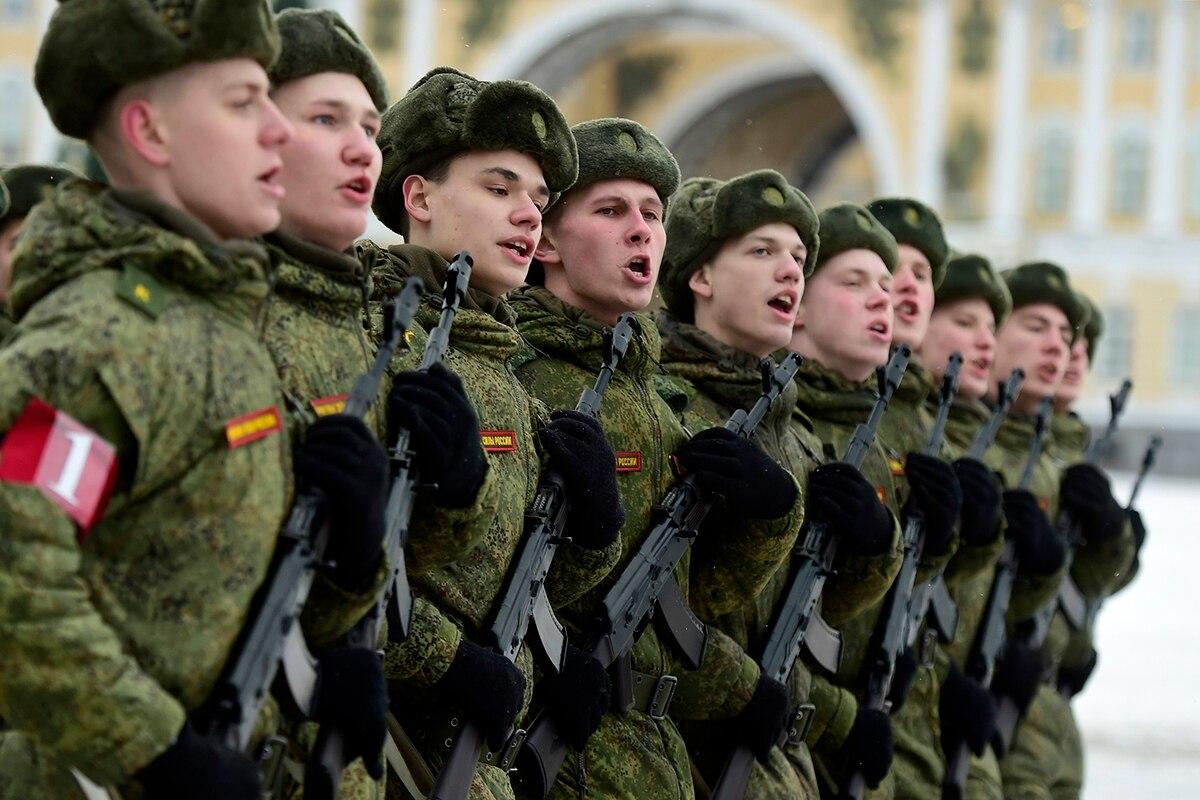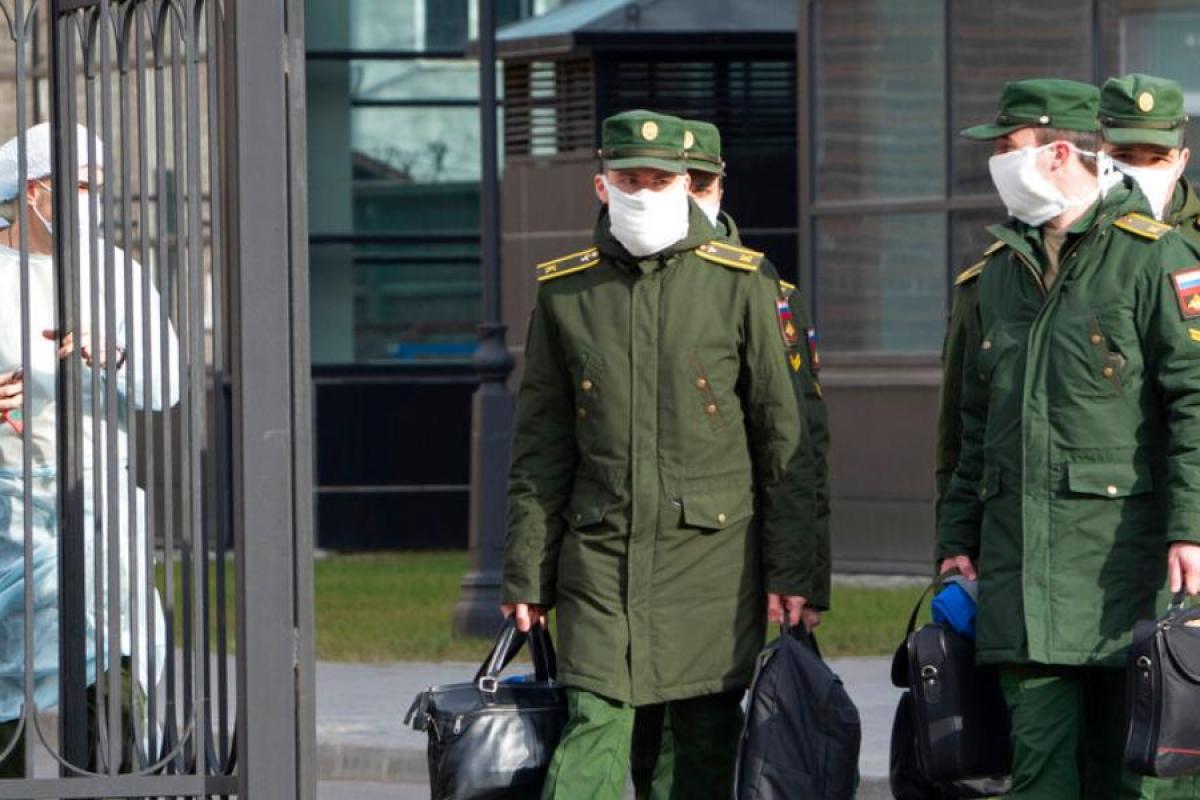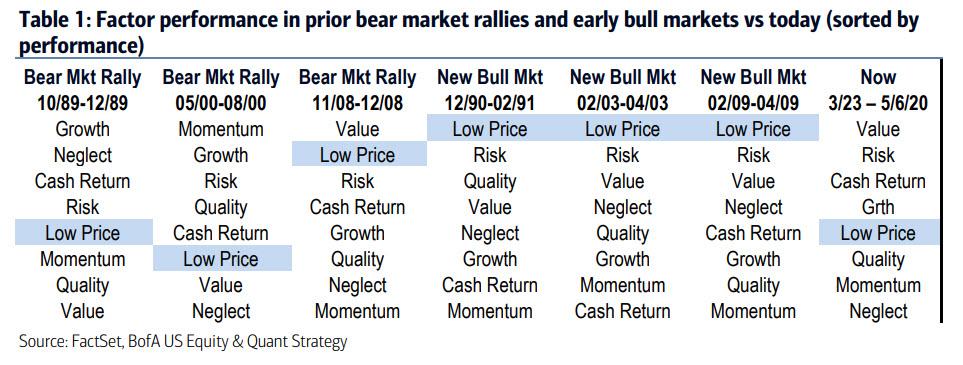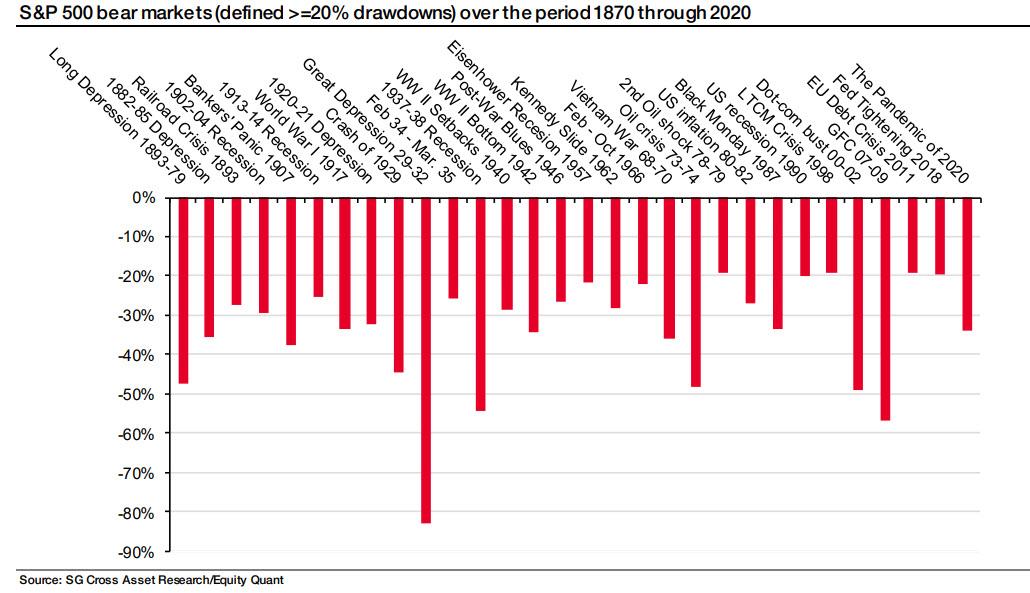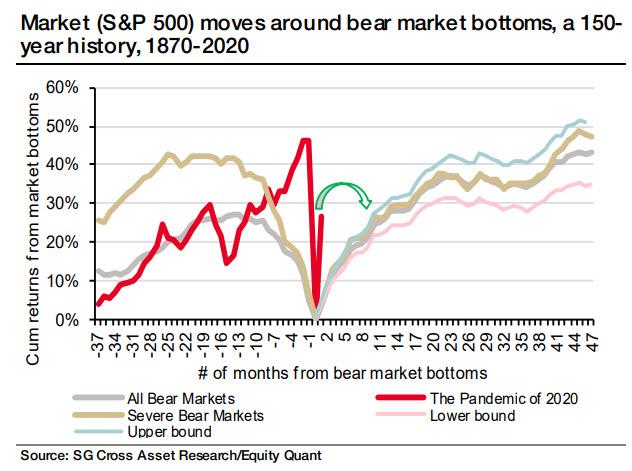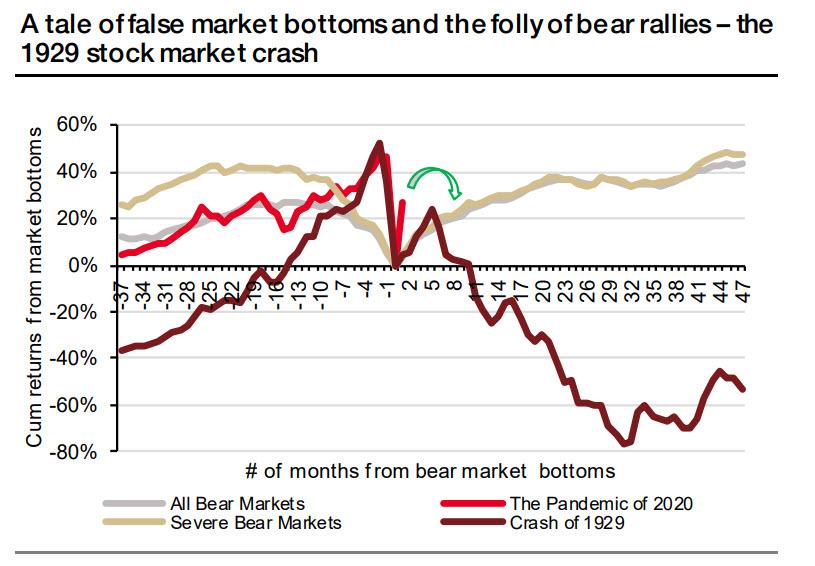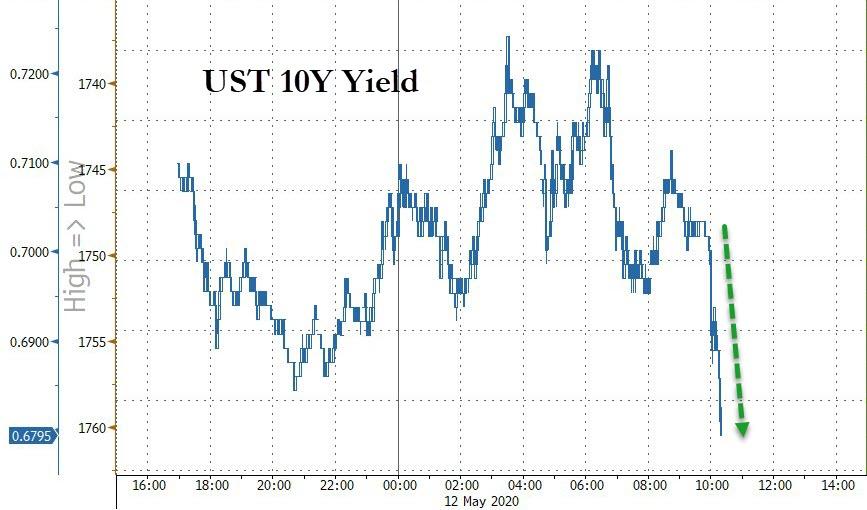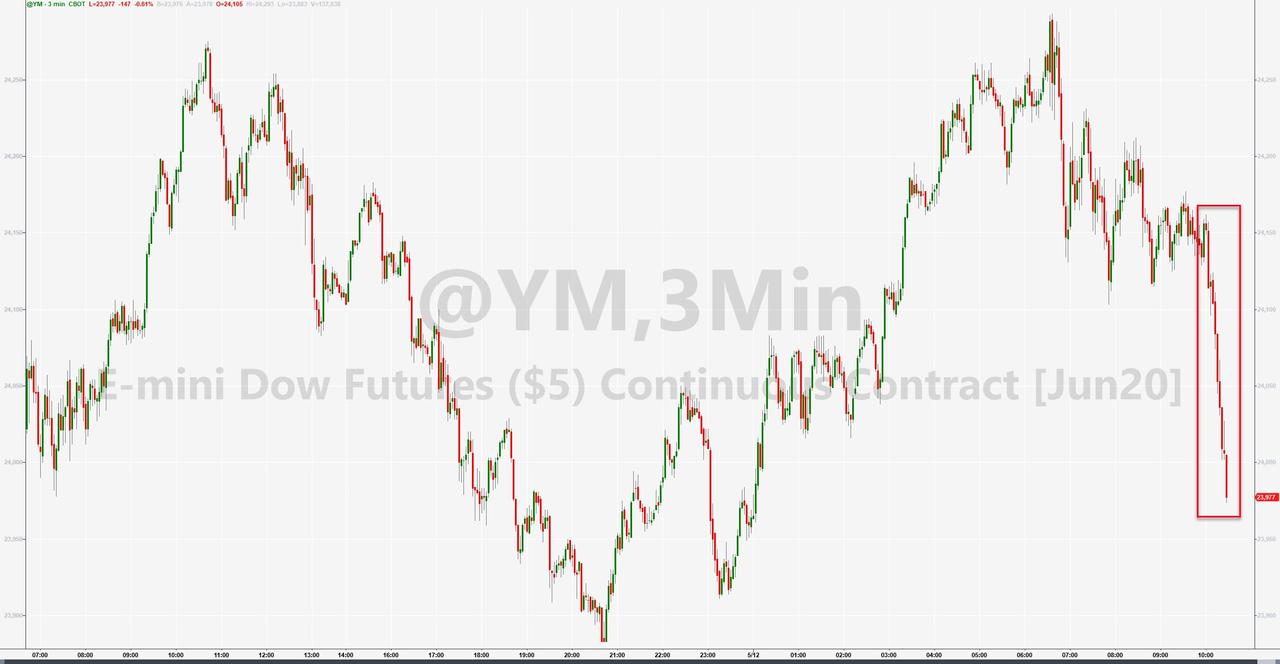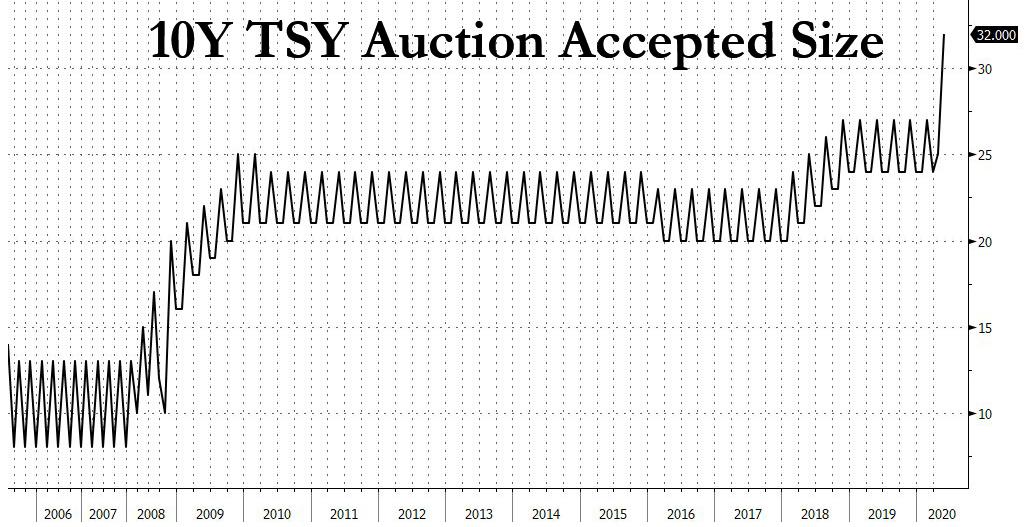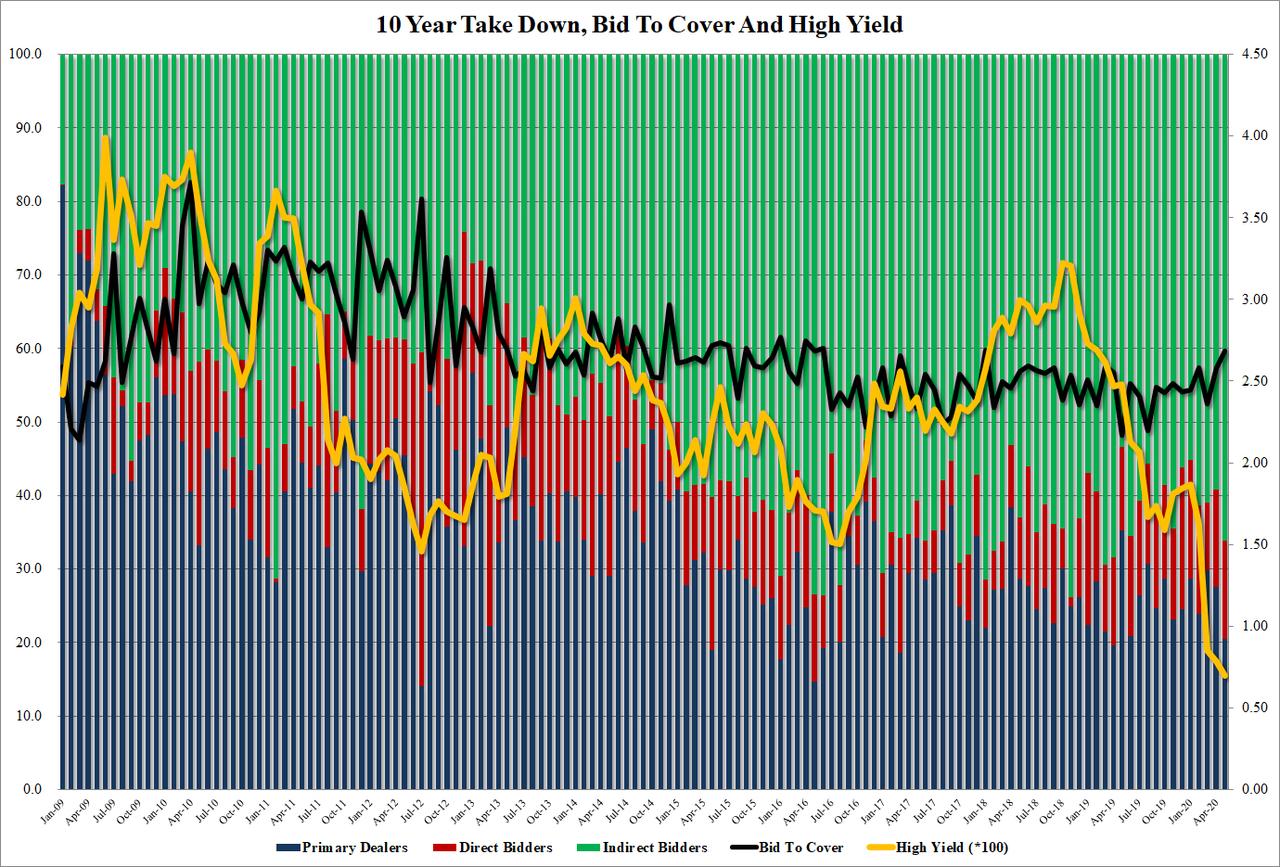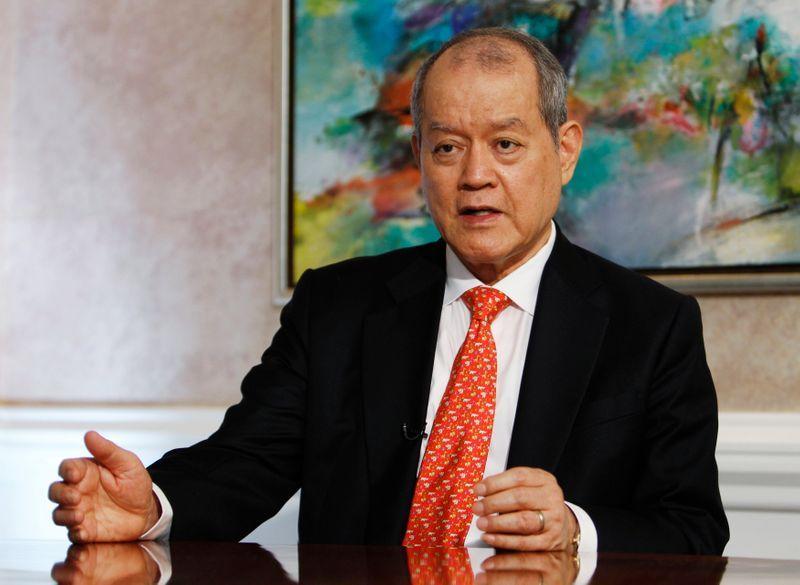House Dems Introduce $3 Trillion COVID-19 Relief Bill; McConnell Slams As “Another Big Laundry List”
House Speaker Nancy Pelosi (D-CA) will unveil the Democrats’ latest attempt to ‘never let a good crisis go to waste’ on Tuesday.
According to CNBC, party leaders are set to vote on the more than 1,800 page package on Friday, as well as a plan to allow for proxy voting during the pandemic.
A summary via CNBC:
- Nearly $1 trillion in relief or state and local governments
- A second round of direct payments of $1,200 per person, and up to $6,000 for a household
- About $200 billion for hazard pay for essential workers who face heightened health risks during the crisis
- $75 billion for coronavirus testing and contact tracing — a key effort to restart businesses
- An extension of the $600 per week federal unemployment insurance benefit through January (the provision approved in March is set to expire after July)
- $175 billion in rent, mortgage and utility assistance
- Subsidies and a special Affordable Care Act enrollment period to people who lose their employer-sponsored health coverage
- More money for the Supplemental Nutrition Assistance Program, including a 15% increase in the maximum benefit
- Measures designed to buoy small businesses and help them keep employees on payroll, such as $10 billion in emergency disaster assistance grants and a strengthened employee retention tax credit
- Money for election safety during the pandemic and provisions to make voting by mail easier
- Relief for the U.S. Postal Service
Looks like Pelosi’s idea to roll back the SALT cap made it into the bill. (h/t @danielmarans) pic.twitter.com/r4pQRRgmg9
— Tara Golshan (@taragolshan) May 12, 2020
The new stimulus package will eclipse the $2.2 trillion legislation passed in late March – which was the largest emergency spending measure in US history. It comes amid an unemployment rate not seen since the Great Depression.
That said, there’s virtually no chance of it gaining traction in the Senate.
It is unclear when both Democrats and Republicans would sign off on a proposal for more relief, as the GOP downplays the need to spend more federal money on a rescue bill now.
“I’m in constant communication with the White House. If we decide to go forward, we will go forward together,” Senate Majority Leader Mitch McConnell told reporters Monday.
The Kentucky Republican added that he does not believe “we have yet felt the urgency of acting immediately.” He said “that time could develop, but I don’t think it has yet.” –CNBC
McConnell called the Democrats’ Tuesday package “another big laundry list of priorities.“
Pelosi’s wish list bill is a nightmare scenario for voter fraud (and federalism).
Mandatory early voting for every state.
Mandatory mail-in ballots for everyone.
Voter ID and witness requirements prohibited for voting by mail. pic.twitter.com/sQ2Vc55zcl
— Nate Madden (@NateOnTheHill) May 12, 2020
Tyler Durden
Tue, 05/12/2020 – 14:14
via ZeroHedge News https://ift.tt/3bqA4q3 Tyler Durden




